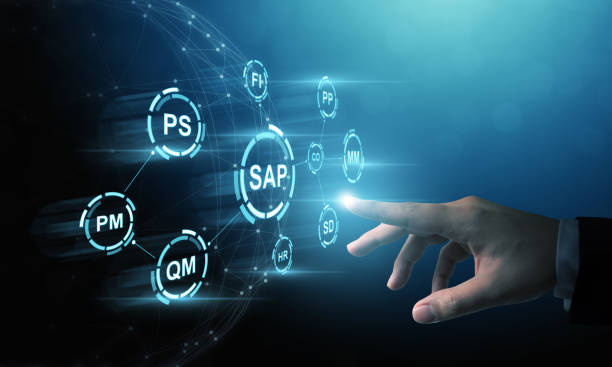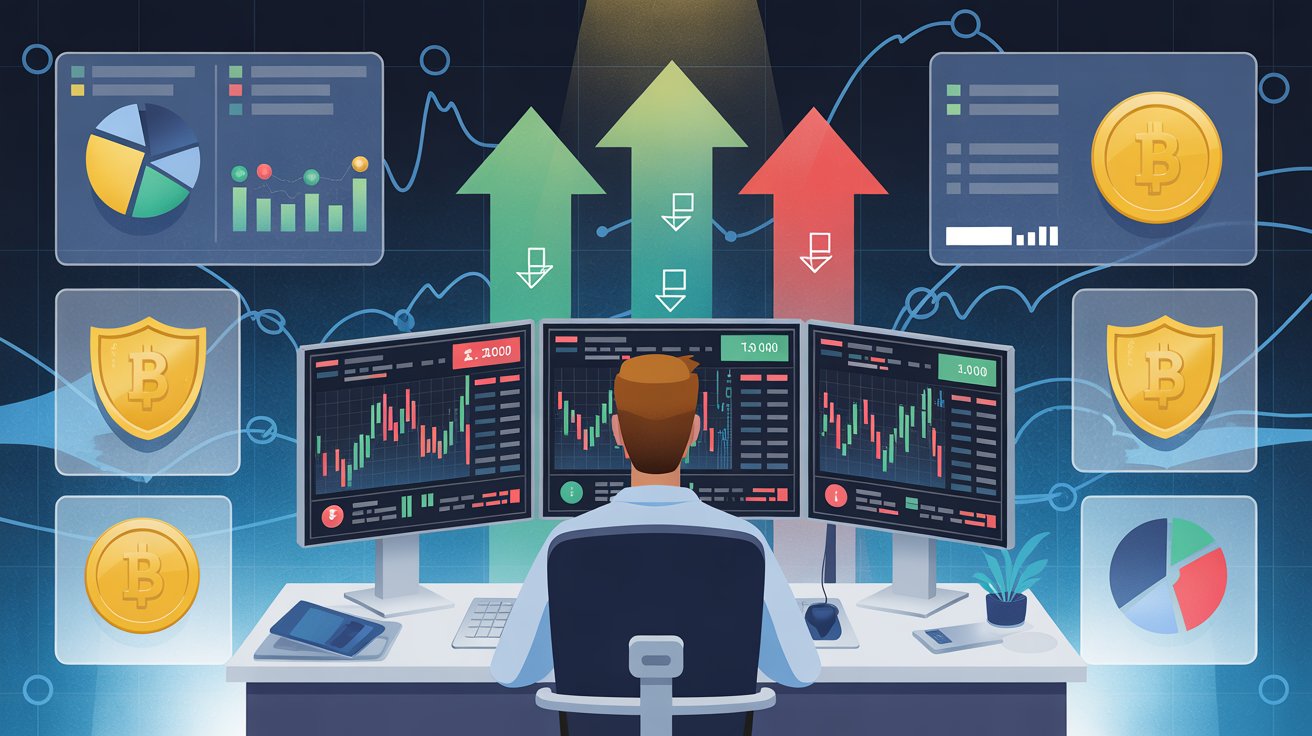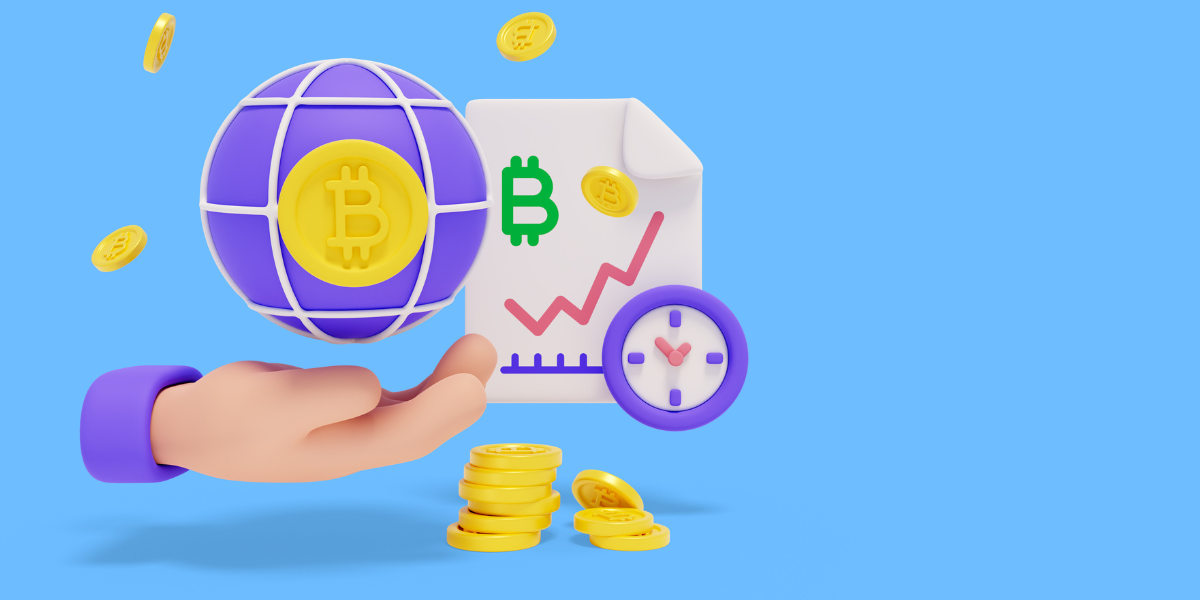How Strategic Consulting Ensures A Smooth ERP Migration Journey

ERP migration isn’t just about moving data and flipping a switch. It’s about transforming how your business works—how people interact, how processes flow, how decisions are made.
Without a strategic mindset, an ERP migration can feel like a leap into fog—some successes, plenty of surprises, and risk lurking in every corner. That’s why consultants come in—not just to build, but to steer.
A strategic consulting helps you anticipate what’s hidden: custom logic you forgot about, integrations that break under new loads, cultural resistance from users, and data that moves weirdly under new constraints.
It aligns everyone—from C-suite to end users—so migration doesn’t become a siloed tech project- but a business initiative.
The Role of SAP Services Consulting in Migration Planning
When you bring in SAP services consulting early, you aren’t just adding support—you’re adding perspective. These consultants don’t start with module selection. They begin with your objectives, your pain points, and the realities you face.
What they’ll do:
- Inventory your ERP footprint: custom code, extensions, workflows
- Surface functional gaps and overlaps
- Evaluate which features to migrate, which to rewrite, which to retire
- Help you create migration scenarios (big bang, phased, hybrid)
- Align roadmaps with risk tolerances, budgets, and business cycles
Because when you map the problems before building the solution, surprises shrink, costs are minimized, and you’re positioned for long-term agility.
Unique Challenges in Microsoft to SAP Migration
Switching from a Microsoft ERP or business system to SAP brings its own complexity. This isn’t plug-and-play. It’s a transformation that affects business rules, data semantics, permissions, integrations—done hastily can derail the project.
In a Microsoft to SAP migration, you’ll confront:
- Business logic embedded in custom MS code
- Different data models and relationships
- User expectations built around old workflows
- Integrations with .NET, Azure, or Microsoft services
- Legacy reporting and analytics tied to MS data structures
Consultants familiar with this transition help you avoid the trap of “recreating the bad parts of Microsoft in SAP.” They help you translate—not just transfer.
How Strategic Consulting Operates Across Migration Phases
A consultant’s value shows when they’re woven into every phase. Here’s how that works:
Discovery & Assessment
Consultants analyze your current systems, usage, customizations, data quality, and business practices. They spot hidden risks and growth blockers you didn’t know existed, setting a realistic scope and expectations.
Strategy & Roadmap
Together you define which modules to migrate first, pilot paths, fallback strategies, joint governance models, and key decision gates.
Design & Configuration
Consultants challenge you on whether to customize or standardize. They guide decisions on extension vs. configuration, balancing flexibility with maintainability. This ensures the design supports both current needs and future scalability.
Data Migration & Cutover
This is where things often go off the rails. Consultants ensure your data is cleansed, mapped, reconciled, fallback procedures are in place, and cutover windows are optimized with minimal disruption.
Stabilization & Optimization
Post go-live, consultants monitor performance, help users adapt, identify friction points, and iterate enhancements. They don’t disappear—they stay until the system “feels right and delivers the promised value.”
What To Look For In A Strategic Consulting Partner
Choosing consulting is as important as choosing the platform itself. Here’s what matters:
- Real experience in migrations, especially Microsoft to SAP migration
- Deep knowledge across SAP modules and business processes
- Proven performance in post go–live- optimization
- Flexibility and responsiveness, not rigid frameworks
- Strong communication skills and stakeholder confidence
- Willingness to stay with the project beyond cutover
The ideal partner doesn’t just deliver to a spec—they help you build a system you can evolve.
How Strategy Improves ROI, Not Just Go-Live
When your migration is guided by consulting, the benefits go beyond crossing the finish line:
- More reliable performance and fewer unplanned outages
- Users who actually trust and use the system
- Less time and money spent on firefighting after launch
- Better alignment between IT and business goals
- A platform you can build on—with future transformations or enhancements
You don’t just “get SAP.” You make it work for you.
What Success Looks Like Six to Twelve Months Later
If your strategy was solid and the consulting embedded, here’s what you’d see:
- Smooth process flows (finance, supply chain, HR) with fewer workarounds
- Faster cycle times for core operations
- Analytics delivering insights instead of being an afterthought
- Continuous improvements, not crisis patches
- Teams excited to explore new modules or features
That’s the transformation in motion.
Final Thought
ERP migration is never purely technical—it’s deeply strategic. When you bring in SAP services consulting from day one, and partner with consultants who know Microsoft to SAP migration nuance, your journey becomes less risky and more rewarding.
The strategy you embed early is what drives a migration you’re proud of—not just one you survived.







